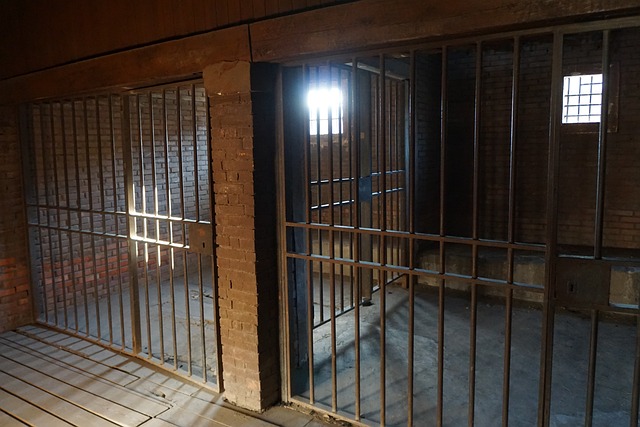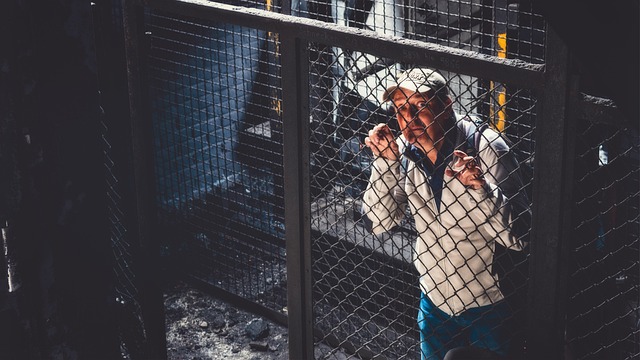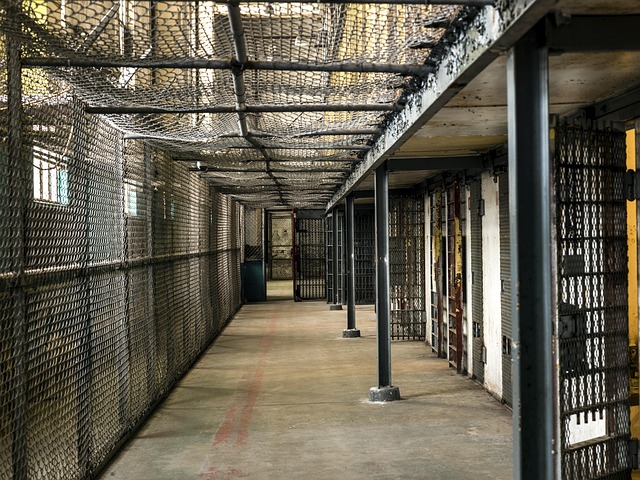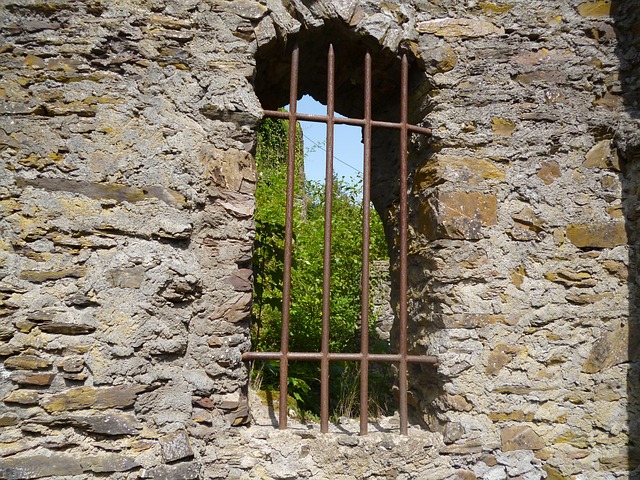Youth Justice and Fair Treatment are interconnected goals focusing on equitable outcomes for adolescents in the criminal justice system. By addressing unique challenges and developmental differences, Alternative Transportation Options like community-based programs, restorative justice practices, and specialized courts divert young individuals from traditional incarceration. These approaches aim to reduce recidivism rates by promoting accountability, victim restoration, skill development, and positive community reintegration. Implementing these alternatives, along with technology-driven solutions and community partnerships, is crucial for creating a more inclusive, supportive, and effective youth justice system.
“Exploring Youth Justice and Fair Treatment: Unlocking New Paths to Rehabilitation. This comprehensive article delves into the intricate world of juvenile justice, highlighting the urgent need for fair treatment among youth. We examine the current landscape of systemic challenges within juvenile courts, focusing on the impact these issues have on vulnerable young individuals. Through an in-depth analysis, we explore ‘Alternative Transportation Options’ as a transformative approach, offering non-traditional solutions to better serve at-risk youth and foster positive outcomes.”
- Understanding Youth Justice and Fair Treatment: An Overview
- The Current State of Juvenile Justice Systems
- Challenges Facing Youth in the Criminal Justice System
- Alternative Transportation Options: Transforming Youth Justice
- Benefits of Non-Traditional Transport for At-Risk Youth
- Implementation Strategies and Future Directions for Fair Treatment
Understanding Youth Justice and Fair Treatment: An Overview

Youth Justice and Fair Treatment go hand in hand, focusing on ensuring equitable outcomes for young people within the criminal justice system. This involves understanding the unique challenges faced by adolescents, recognizing their developmental differences, and providing appropriate responses that cater to their rehabilitation and reintegration needs. Fair treatment means offering alternatives to traditional incarceration, such as Alternative Transportation Options, which can include community-based programs, restorative justice practices, and specialized courts designed for youth offenders.
These alternative approaches aim to divert young individuals from the criminal justice system, addressing underlying causes of antisocial behavior while promoting accountability, victim restoration, and skill development. By opting for Alternative Transportation Options, societies can foster a more compassionate and effective approach to youth justice, ultimately contributing to safer communities and brighter futures for at-risk youth.
The Current State of Juvenile Justice Systems

The current landscape of juvenile justice systems worldwide presents a complex narrative, with significant variations across regions and countries. Historically, these systems have often been criticized for their harsh sentencing, over-incarceration of minors, and lack of individualized consideration. Traditional approaches typically rely heavily on institutionalization, viewing detention as a primary response to youth misconduct. However, there is a growing recognition that the current state needs transformative reform to ensure fair treatment for young people.
One prominent area of focus is the exploration of alternative transportation options. These alternatives aim to divert youth from secure care whenever possible, offering instead community-based programs, restorative justice practices, and specialized support services. By providing comprehensive care and addressing the underlying causes of delinquent behavior, these innovative approaches strive to reintegrate young people into their communities while promoting positive development and reducing recidivism rates.
Challenges Facing Youth in the Criminal Justice System

The criminal justice system, while designed to uphold law and order, often presents significant challenges for young individuals who find themselves entangled in its web. Youth face unique obstacles that can exacerbate existing disparities and impact their future prospects. One of the primary issues is the over-policing and under-resourcing of communities where youth are most at risk, leading to a disproportionate representation of marginalized groups in the system. This creates a cycle of disadvantage, as young people from low-income families or minority backgrounds may lack access to quality education, employment opportunities, and support systems that could divert them from criminal activity.
Additionally, the juvenile justice system’s reliance on traditional, often punitive measures fails to account for the distinct needs and circumstances of youth. The use of adult prisons and harsh sentencing can traumatize young people, disrupt their education, and hinder their reintegration into society. Alternative transportation options, such as restorative justice programs, community-based services, and diversionary strategies, are crucial in addressing these challenges. These alternatives aim to provide a more holistic approach, focusing on rehabilitation, accountability, and the development of life skills to empower youth and reduce recidivism rates.
Alternative Transportation Options: Transforming Youth Justice

Youth justice systems around the globe are increasingly recognizing the power of alternative transportation options in transforming their approaches to dealing with young offenders. Instead of relying solely on traditional methods like detention centres, communities are embracing innovative solutions that focus on rehabilitation and reintegration. One such alternative is the use of community-based transportation programs tailored specifically for youth. These initiatives offer a chance for young individuals to develop valuable skills while contributing to their local areas.
By providing accessible and affordable transport alternatives, such as bike schemes or public transit subsidies, authorities can encourage responsibility and independence among youth. This shift from punitive measures to supportive services not only reduces recidivism rates but also empowers young people with practical life skills. Moreover, it fosters a sense of community engagement and ownership, ensuring that justice is served while also offering a hand of support for those who need it most.
Benefits of Non-Traditional Transport for At-Risk Youth

Non-traditional transport options play a pivotal role in promoting fair treatment within youth justice systems, particularly for at-risk youth. These alternatives to conventional transportation methods offer numerous advantages, addressing the unique challenges faced by vulnerable young individuals. By incorporating innovative solutions like community-based vans, bike clubs, or even autonomous vehicles, authorities can create safer and more accessible routes for youth involvement in legal proceedings.
Such approaches not only reduce the potential fear and stigma associated with traditional court transport but also foster a sense of independence and community engagement. For example, bike programs encourage physical activity and environmental awareness while providing a discrete means of transportation, ensuring youth feel empowered rather than marginalized during their interactions with the justice system. These alternative options are steps towards a more inclusive and supportive approach, catering to the diverse needs of at-risk youth in their journey through the legal process.
Implementation Strategies and Future Directions for Fair Treatment

Implementing fair treatment in youth justice involves a multifaceted approach, and several strategies can contribute to this goal. One key area is providing alternative transportation options for young people involved in the system. This could include specialized buses or community vehicles that offer discreet and accessible travel, ensuring youth feel safe and respected during their journeys. By offering these alternatives, authorities can reduce the stigma often associated with traditional transport methods, fostering a sense of dignity among young offenders.
Looking ahead, there is potential for technology to play a significant role in future directions. Developing digital platforms that connect youth with appropriate support services, education, and recreational opportunities could be transformative. These platforms might also offer virtual counseling or skill-building workshops, making critical resources more accessible and helping to address the underlying causes of juvenile delinquency. Additionally, community partnerships can facilitate mentorship programs, sports leagues, and arts initiatives, providing positive distractions and promoting positive youth development.
The journey towards ensuring fair treatment in youth justice has led us to explore innovative solutions, with a particular focus on alternative transportation options. By shifting away from traditional systems, we can create more positive outcomes for at-risk youth. Implementing non-conventional transport methods offers numerous benefits, including reduced recidivism rates and improved rehabilitation. As we move forward, it is imperative to advocate for policies that prioritize these alternative approaches, ultimately fostering a more just and effective juvenile justice system. The path to reform is clear: embrace change, promote fairness, and harness the power of innovative transportation strategies.






